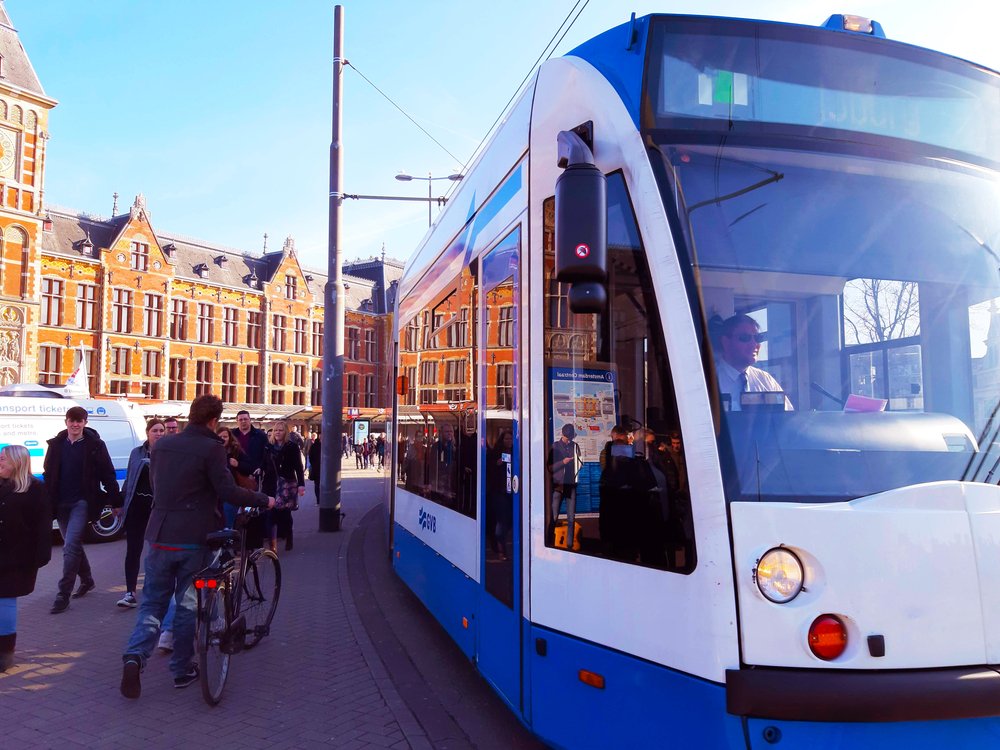The CBR and similar bodies are under criticism for creating unnecessary obstacles on the way to a driver's license, while the staff shortage in public transport continues to grow.
If public transport facilitates your route to work or leisure, chances are you have noticed the increasing shortage of bus drivers and other public transport professionals. It seems like a simple task: get a driver's license and hit the road. But the reality proves unruly. One of the stumbling blocks on this path to a professional driving career is the Central Driving License Agency (CBR), the organization that must guarantee quality and safety on the road. However, many believe that the CBR sets the bar very high.
You could argue that safety is an uncompromising issue, and rightly so. But when faced with a system that requires a candidate to wait months for another chance to take a driving test, the efficiency and fairness of the process are called into question. The problem is exacerbated by the fact that the CBR is faced with a major shortage of examiners. This leads to waiting times that can be up to three months before a failed candidate is given a new chance.
There's nothing more frustrating than waiting for the bus during rush hour on a cold, rainy morning, only to watch it pass by with the text "Sorry, bus full" on the information screen. Not only is it a matter of wasted time, but it also increases the sense of powerlessness and discomfort among commuters. What's even worse is when the next bus that is supposed to arrive is not on time due to staff shortages in public transport.
The quality of a driving test can also be questioned. What determines success or failure? Is it an examiner's subjective assessment, the time of day, or the candidate's actual skill? And what if someone fails due to nerves? Fortunately, the CBR offers alternatives such as the fear of failure exam and a special further examination of driving skills for those who fail four times within five years. But this system appears to be ineffective in tackling the underlying problems.
The financial aspect of repeated exams should not be forgotten. Candidates can easily lose more than 8000 euros in tuition fees. And then we haven't even mentioned the hidden costs, such as the loss of time and the psychological effect on the candidate.
success rate
Research by RTL News shows that pass rates vary widely between examiners and even between male and female candidates. These discrepancies underline the lack of objectivity and transparency at the CBR. And then there is the letter from the trade association LBKR, which claims that the CBR has reduced its success rates artificially low by 'coaching' examiners if they allow too many candidates to pass.

Waiting times of up to three months for a resit burden not only the candidate but also the entire public transport system, which is already struggling with a shortage of professionals.
A growing shortage of bus and tram drivers is sounding alarm bells in the transport sector, but the rigid requirements and procedures of the Central Driving License Agency (CBR) and other authorities seem to discourage rather than select candidates. One of the most important bottlenecks is the strict testing by the CBR, where the pass rate is legally set at 50,2%. However, this figure is not without controversy: the trade association LBKR points out that examiners who score above this standard are assigned a coach to reduce the pass rate. It seems that quotas and statistics drown out the human factor in decision-making.
Vienna test
This bureaucratic quagmire is exacerbated by a lack of examiners, forcing candidates to wait up to three months for a resit. It's not just aspiring bus drivers who are frustrated by strict rules and tests. Guido Frankfurther, vice-chairman of MKB-Metropolis Amsterdam, failed the 'Vienna test', a selection method of the Municipal Transport Company (GVB). Despite 40 years of driving experience and demonstrable competence in a tram simulator, he failed the strict test.
Frankfurther is just one of many applicants who fail: of the 1.000 applicants, only 12 ultimately get on the tram. This exacerbates the staff shortage, which means that public transport companies have to cancel journeys. Adjustments seem inevitable. A possible solution, according to Frankfurther, could be to offer courses to prepare applicants for the 'Vienna test', just as candidates might prepare for a driving test.
“In this way, it remains a matter of course of mopping with the tap open and the GVB is forced to cancel trips, even now that there is sufficient money again for the implementation of the Transport Plan 2024.” This week it became clear that several other public transport companies in the Netherlands are experiencing the same staff shortages.
The national guidelines are there for a reason, Frankfurther also acknowledges. “I do think that those guidelines need to be reexamined. But for the short term, I would like to advise the GVB to offer a course applicants to pass the Vienna test. You can also prepare for the driving test and your final exam, right?"

The CBR, which in 2023 is still closed online between midnight and 06:00 am, can improve the transparency surrounding their work process. But above all, a balance must be found between strict requirements and practical needs. Safety must always come first, but as things stand now, the CBR seems to be creating more obstacles than contributing to safer traffic and a solution to the staff shortage.
Fear of failure is a factor that weighs heavily in the examination process for public transport personnel, and the Central Bureau of Driving Licenses (CBR) does not appear to be fully addressing this. Fear of failure can result in reduced performance during the exam, which increases the chance of failing and thus further extends the already extended waiting times for a re-exam. The fact that fear of failure can impact the success rate can cause a chain reaction of problems, ranging from an increase in financial burdens to a further depleted workforce in a sector that is already struggling with a shortage of qualified personnel.
BNOR
The CBR has a measure to combat this in the form of BNOR (Bureau Further Inspection of Driving Skills). This is an alternative route offered to candidates who have failed their exam several times within a certain period. The idea behind BNOR is noble: a more personal and patient approach to help fearful candidates succeed. However, access to BNOR is strictly regulated, and it is usually only available after a candidate has already failed three times. Thus, it is an option that not only comes with a stigma of repeated failure but also increases the financial burden as eligible candidates have already spent significant sums on previous exam attempts.
The big question is therefore whether the BNOR process can be used earlier and more flexibly as a preventive measure, rather than as a last resort. A more proactive approach could not only help more candidates overcome their fear of failure but could also help reduce the wait times and financial burden associated with multiple exam attempts.
The role of fear of failure and the BNOR process in the broader spectrum of staff shortages in public transport highlight the need for a more nuanced and people-oriented approach. This underlines the importance of a multifaceted dialogue between the CBR, public transport companies and trade associations to arrive at a balanced and effective solution.



